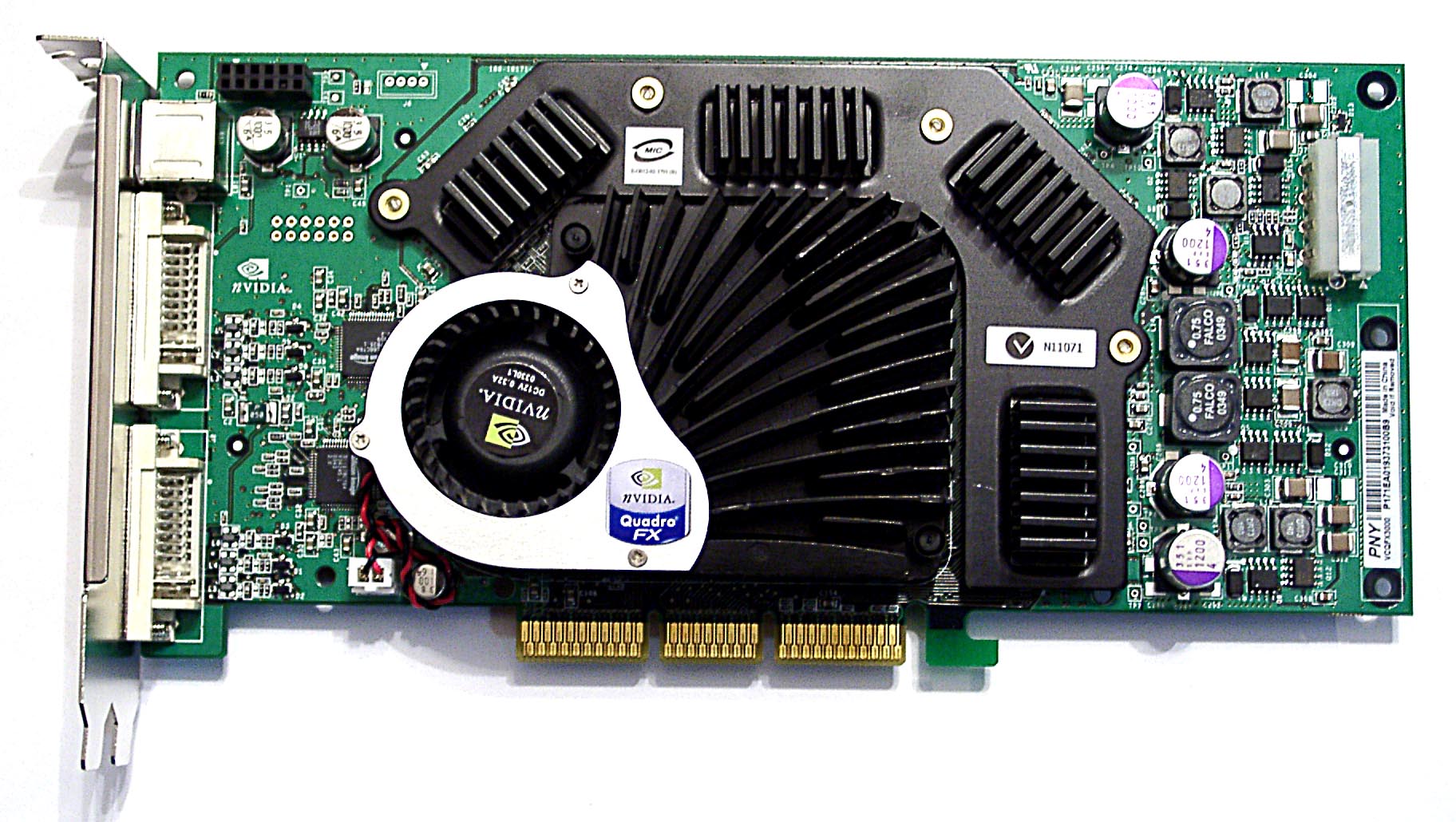
HP z620_2 (2017) (R7) > Xeon E5-1680 v2 4.3GHz) / z420 Liquid Cooling / 64GB (HP/Samsung 8X 8GB DDR3-1866 ECC registered) / Quadro P2000 5GB _ GTX 1070 Ti 8GB / HP Z Turbo Drive M.2 256GB AHCI + Samsung 970 EVO M.2 NVMe 500GB + HGST 7K6000 4TB + HP/HGST Enterprise 6TB / Focusrite Scarlett 2i4 sound interface + 2X Mackie MR824 / 825W PSU / Windows 7 Prof.’l 64-bit (HP OEM) > 2X Dell Ultrasharp U2715H (2560 X 1440)

Interestingly, if there are to be no 3D applications, the highest 2D mark for the xw4400 is 505 and that using a Quadro FX1500. there isn't a test in an xw4400 using a GTX 750 Ti, but I would think the would have a good 3D result the average 3D = 3950. The highest 3D mark in a xw4400 is 2530 using a GTX 960. The Quadro K6 20 in an HP xw4400 can have a 3D = 2007. The highest Passmark 3D for the Quadro FX 1500 in xw4400 (69 tested) = 172 while the average Quadro K600 3D= 782. There is a Windows 10, 64-bit driver for the Quadro K600:
#NVIDIA QUADRO FX 1500 DRIVER WINDOWS 10 DRIVERS#
If you need a Quadro- which is becoming less important for the average home user that doesn't need to use certified drivers as support protection for programs such as Catia, Solidworks, and Revit, the Quadro K600- about $25 now is a good value. Of course, changing the operating system is an expense and a lot of work, so consider a more modern GPU with better performance.

Single-Thread Mark = 1115 Ĭomparing the general system ratings, The Windows 7 version has a +8% advantage. Here are the Passmark Performance Test results on the same system except for the operating system:ĪMD II X3 450 / Gigabyte M68MT-S2(2012)(R1) Athlon II X3 450 3.2GHz) /Gigabyte M68MT-S2 R3.1 / 4GB DDR3-1333 / GT240 1GB / WD 750GB (Seagate ) > Windows 7 Home Premium > HP 2711x 27" As I'm in the middle of refurbishing seven older systems- from 1998 to 2012, that includes mixing in components from different eras than the system, there have been important lessons, one, Windows 10 appears to reduce the performance of older systems.


 0 kommentar(er)
0 kommentar(er)
